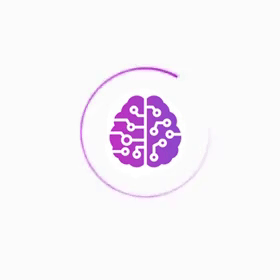
OpenAI has unveiled GPT-4o (“o” for “omni”), its most advanced multimodal model yet. Capable of processing text, audio, images, and even real-time video input, GPT-4o sets a new benchmark for human-AI interaction.
According to OpenAI’s blog, GPT-4o can understand and generate responses from live voice input with latency as low as 232 milliseconds — on par with natural human speech. The model can switch effortlessly between languages, tones, and even emotions. This marks a significant departure from previous versions that relied heavily on modular systems for voice or vision.
What sets GPT-4o apart is its native multimodality. Rather than bolting on speech and visual capabilities as extensions, GPT-4o was trained to process all inputs jointly, allowing for a more seamless and intuitive experience. Imagine having a voice assistant that not only talks but understands your facial expressions, the tone in your voice, and what’s happening in your camera feed — all at once.
The Verge notes that the model can handle real-time conversations in dozens of languages, read and describe images on the fly, and even respond with appropriate emotional intonations. CNN adds that GPT-4o will be available for free in ChatGPT, with paid users gaining access to extended features and API usage via OpenAI’s platform.
This move comes amid increasing competition in the AI space, with Google’s Gemini and Meta’s LLaMA 3 models pushing the boundaries of AI capabilities. Yet GPT-4o’s real-time, holistic interface might make it the most human-like experience to date.
What does it mean for everyday users? More natural conversations with AI, faster task execution, and new accessibility features for those with visual or auditory impairments. For developers and businesses, it opens doors to powerful integrations — customer support, education, media production, and more.
As OpenAI continues refining the model, the tech world watches closely: GPT-4o may not just be a tool, but a shift in how we perceive and interact with intelligent systems.
- 0 Comments
- ChatGPT model
- generative AI
- GPT 2025
- GPT-4o
- multimodal AI
- OpenAI
- voice AI
